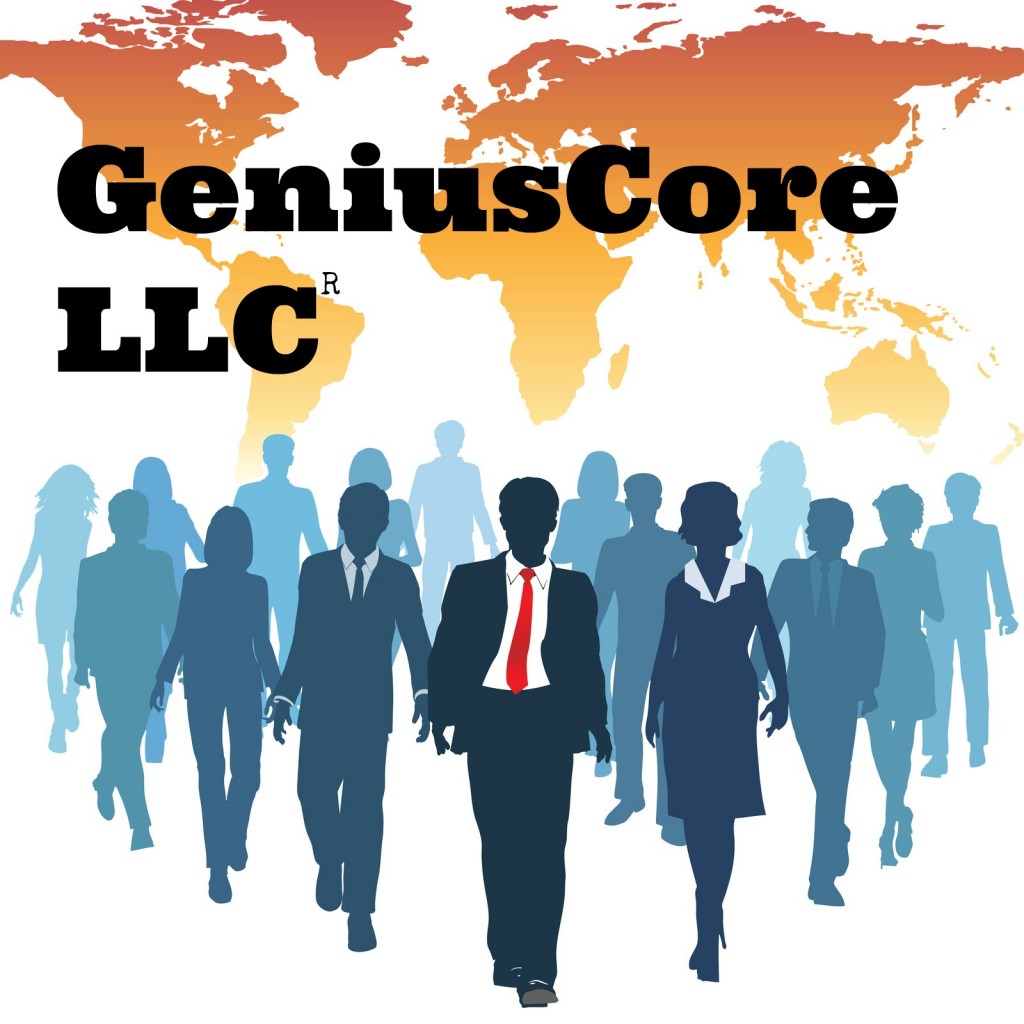
We are living in a unique time for business building and innovation. Every thing we need to build a business is at our fingertips. The money isn’t always available, but the ‘how to’ resources are free for everybody to access. The uniqueness of our times offers the opportunity to build businesses but our dynamic environment is extremely challenging. As you build your business, you must continue to be innovative and creative regardless.
According to Drew Marshall,
“Creativity is about unleashing the potential of the mind to conceive new ideas.” and “Innovation is about introducing change into relatively stable systems.” As you build your business, you’re required to consistently create and innovate. This seems to be an almost impossible task. It just adds to the many things already on your plate.
So it seems logical that you should stabilize whatever you can and contain your business activities within some kind of solid framework not easily shaken. This happens when you clearly define your Mission, Values, Systems and Vision. These elements will remain constant in spite of changes of any kind, creative, innovative or imposed. One or more of your Systems will go through change but the stability of your Mission, Values, Vision and other Systems will keep you grounded. This stability will help you survive and prosper because your business processes will fit into this firmly engrained mold. Without this framework, you can become pulled in all directions and achieve nothing your Vision described.
As your framework is becoming firmly rooted in your business activities, you also embed the principles of innovation and creativity into you everyday activities. In other words, everybody in your business will understand that you intend to keep up with the current trends in your industry as well as create new ones. You’ll need to shape your working environment (culture) to support innovation and creativity in all areas of your enterprise. You will not only stay in the game but you can be proactive and become a leader in your discipline.
“Innovation [and creativity] only happens in the right environment, one where everyone is not only allowed to innovate, but they are actively encouraged to speak up and bring new ideas to the table. This may sound like common sense, but it is far from common practice.” Kotter International
9 Ways to Embed Innovation and Creativity into Your Business Environment
1. Create an environment that supports innovation as well as creativity. How? Build a collaborative environment where people are free to ask questions and make suggestions. They should feel included in most of the important things concerning the business. It also helps to make questioning an important part of your everyday processes.
2. Thoroughly train new affiliates and new hires on the importance of innovation at all levels and across all Systems in your organization.
3. Include innovation and creativity as job responsibilities in your job descriptions across all jobs and positions.
4. Set ground rules, ex. adequate research before presenting an idea or clarify the impact on the other Systems in the proposal. Pilots, prototypes or practice runs could also be a requirement. Make sure that everybody knows and follows the ground rules.
5. Use customer complaints and suggestions for inspiration to create or innovate.
6. Become a model innovator. Share your procedures, questioning, successes and failures. This is a valuable way to train creative process and ground rules to your employees.
7. Understand that failure is a part of the innovation and creativity processes. You can set limits for timelines and resources to help keep control.
8. Develop reward Systems for successes as well as failures. For example, there can be recognition and more authority for successes and some kind of special recognition for failures to show the importance of attempting to innovate. Research the best rewards for employees. A feeling of freedom and purpose is often reward enough for most people.
9. Use change management skills to implement the innovations in your business. This determines how much your organization and others will benefit from the new practice.
Entrepreneurs and start ups are required to use their “super powers” to build a business from the ground up and continually create and innovate while responding to rapid change. Whew! That’s a lot, but it can be accomplished. In fact, it must be accomplished for survival in this “Conceptual Age” as described by Daniel Pink. Building some type of stability is required. If you design and fortify your business framework, you can control and direct your actions or reactions to this rapidly changing environment. Sharpen your management skills and manage well.
Easy to follow Management Skills and Development Guides in “20 Directives for Small Business Success: Do or Die”

